Best gardening tools for weeding
I love to garden, but I am not a fan of weeding. If you are like me, then this list of the best gardening tools for weeding will make you happy.
How to Start a Backyard Garden by being sure you have the tools in place to help do the chores that are not quite as enjoyable.
Be sure to grab the FREE Gardening Tools Checklist below!
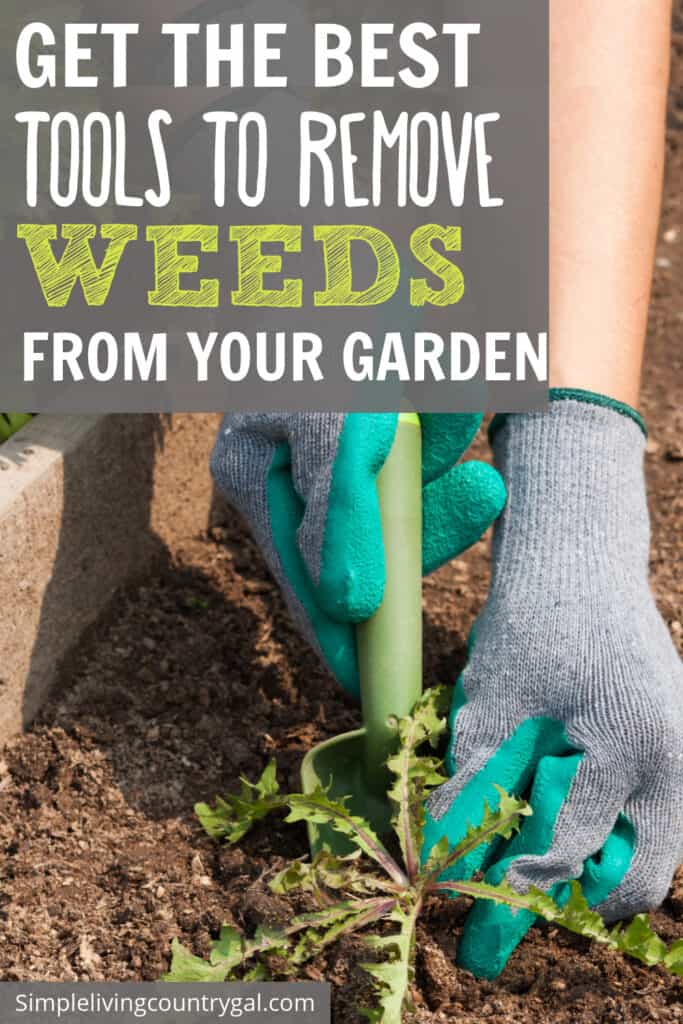
For homesteaders, maintaining a vegetable garden can be a fulfilling and rewarding experience. However, one task that every gardener dreads is weeding. Seeing weeds infiltrating your healthy plants can be discouraging, and many times you fear you are just one rainfall away from a disaster.
Having the right tools to remove the weeds and stop them altogether is a great way to stock up your garden tool shed. Know what a good investment is and what you will want to steer clear of so you are not wasting money on gimmicks or fads. We will also include tips on how to weed without hurting plants, the best time of day to weed, and what you can do to deter weeds from growing.
Why are weeds so bad for plants in a vegetable garden?
Weeds rob your plants of water and nutrients while also harboring pests and diseases that can spread to your garden. To avoid these complications and keep your garden healthy, it’s important to weed regularly.
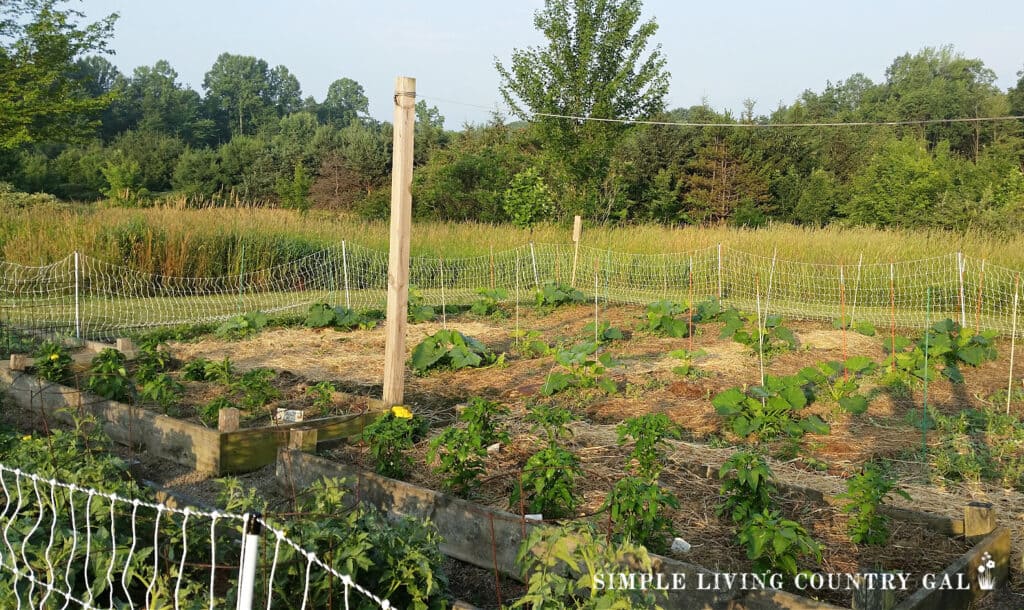
When is the best time to weed a garden?
When it comes to weeding, timing is essential. The best time of day to weed is early morning or late afternoon when the sun is not at its peak. This is because weeding during the midday heat can lead to wilting or sunburn in your plants. Additionally, moist soil is easier to weed, so it’s best to do it after a light rain, the morning dew, or watering.
What are the Best gardening tools for weeding
With so many options on the market, finding the best tools for weeding can be tricky. Let’s break things down to make it easier to find the solution for your garden setup.
Tips for Weeding
- Pull weeds as soon as you see them.
- Use your hand to hold down any delicate plants to prevent damage when weeding.
- Don’t let weeds go to seed. This will encourage an outbreak.
- Use the right tool for the job.
Manual Weeding Tools
Manual tools are a great option as they tend to cost less and last longer than power tools.
- Hoe – A long-handled gardening tool with a thin metal blade
- Cultivator – A long-handled gardening tool that has two wheels of sharp tines.
- Hand Claw Rake – A short-handled rake with steel teeth.
- Weeder – A short-handled tool with a forked metal end used to pry out weeds at the root.
- Trowel – A mini version of a garden shovel.
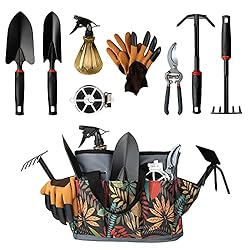
Keep in mind that manual weeding tools may not be the best option if you have a larger garden or suffer from physical limitations.
Power Weeding Tools
If you have a larger garden, you may want to invest in power tools. Just know this might not be the best for small plots or raised beds.
- Rototiller – A gas-powered machine with moving metal tines.
- Weed eater – An electric gas-powered machine that cuts weeds off at the base.
- Trimmers – Electric handheld cutters.
These types of tools do not require much, if any, manual power, but they do need electricity, a battery, or gas to run.
No matter which tool you choose, be sure to weed carefully around your plants and avoid disturbing their roots. This will prevent inadvertent damage to your growing vegetables.
How to Prevent Weeds
I am a huge fan of prevention as this requires less energy. Let’s go over a few things you can do to keep weeds from taking over.
#1. Mulching
Mulching can be a great way to keep weeds at bay, as it deprives them of sunlight and water. You can use any natural material such as grass clippings, straw, or even pine needles. Just be sure that the material you use is native to your area so you are not bringing in any diseases or pests.
How To mulch:
- Lay down a layer of newspaper around your plants.
- Cover with grass clippings, straw, or other material.
- Finish with a light watering to hold everything into place.
- Replenish as necessary.
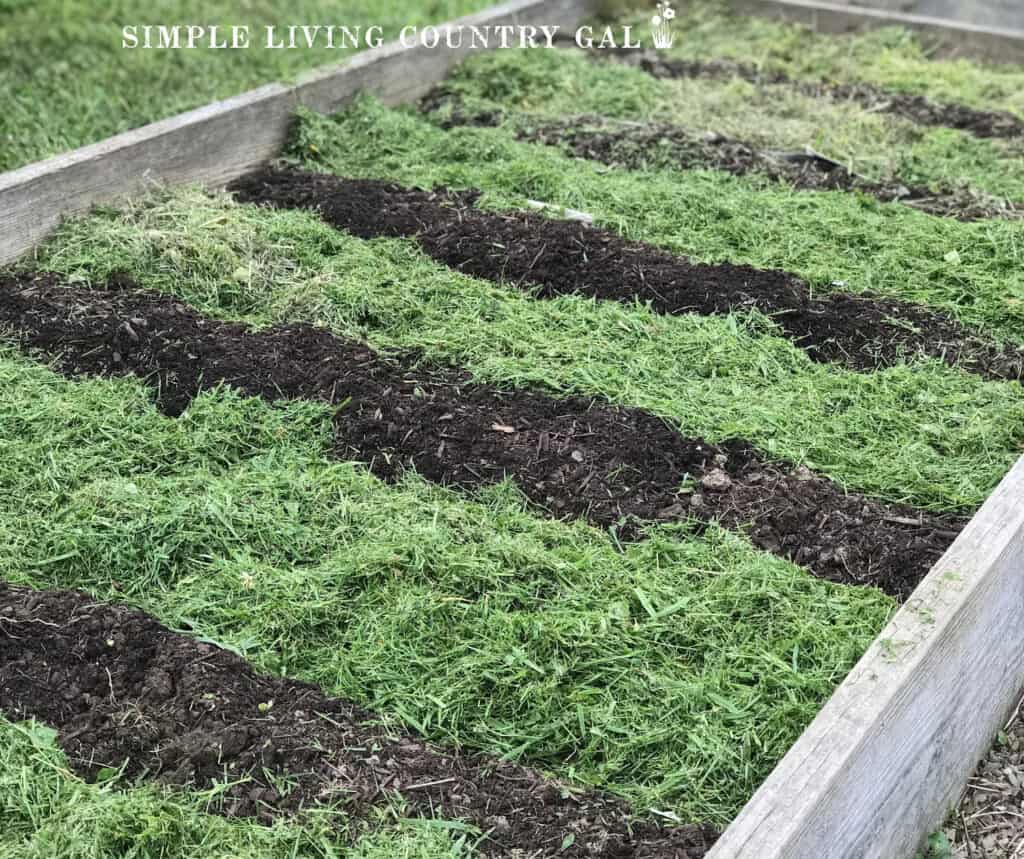
#2. Weed Barriers
Weed barriers, also known as landscape fabric, are man-made covers that are meant to keep weeds from growing. They come in rolls and are made out of linen, polyester, polypropylene, or recycled materials.
How to install weed barriers
- Purchase fabric in a size that will cover the area in your garden.
- Remove any weeds.
- Roll it out, cutting it to fit.
- Leave openings for each plant in your garden.
- Use the metal steaks to hold the fabric in place.
- You can cover it with a layer of mulch, but it is not necessary.
#3. Use Raised Beds
Gardening in raised beds can really help deter weeds although it will not eliminate them completely.
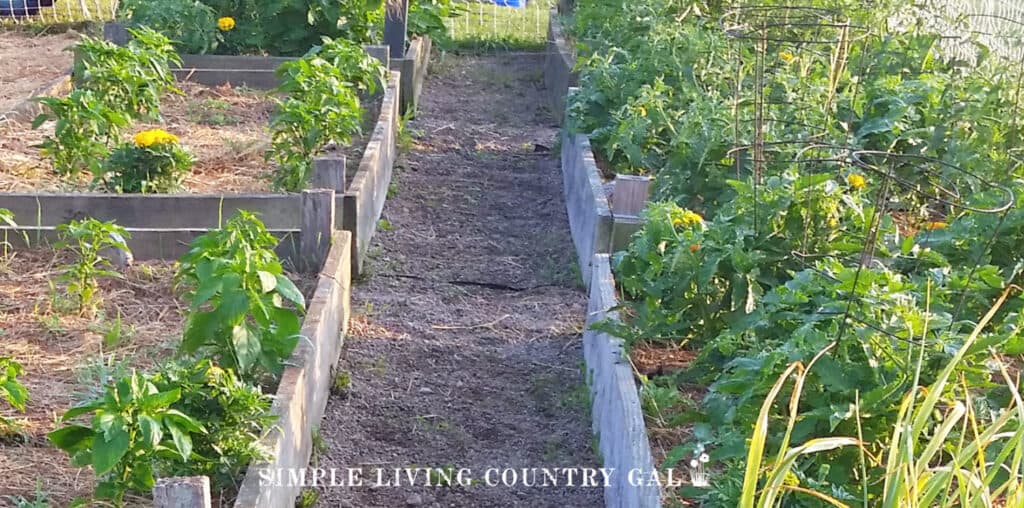
#4. Plant Ground Cover
Finally, you can plant cover plants like clover or vetch can prevent weed seeds from sprouting. I like to use herbs in between plants to help reduce weeds.
Best Ground Cover for Vegetable Gardens
- Lemon, thyme
- Oregano
- True French sorrel
- Pumpkins
- Winter squash
- Melons
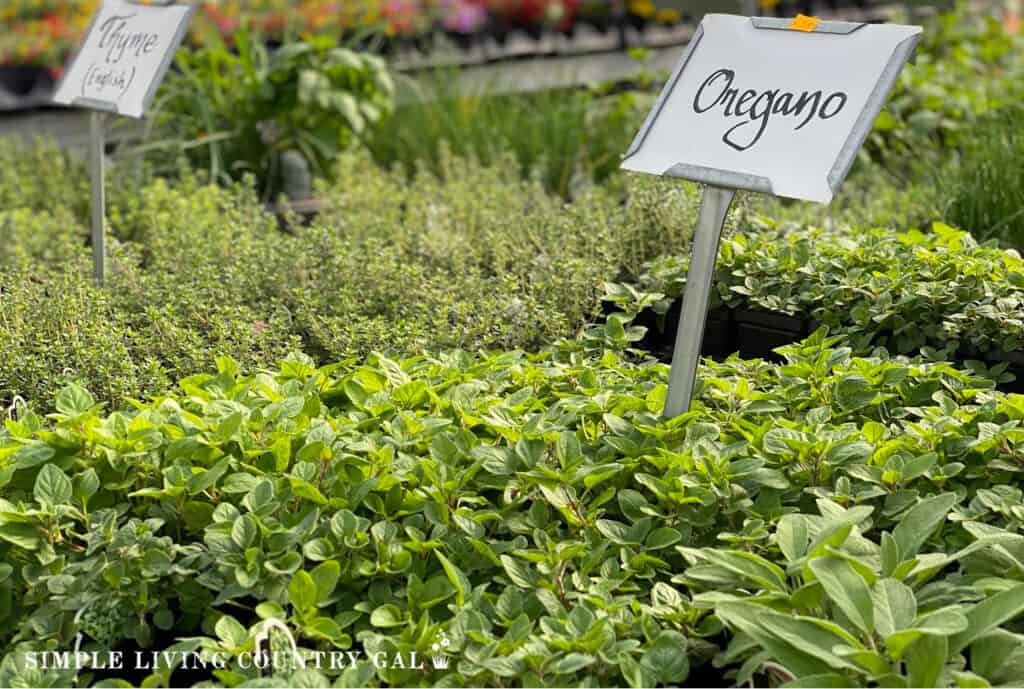
Maintaining a garden takes commitment and hard work, but the payoff is well worth it. By using the proper tools and techniques, you can keep weeds at bay and ensure your vegetables grow strong and healthy. Remember to weed regularly, choose the right tool for the job, avoid damaging your plants, and consider preventative measures like mulching and ground covers.
